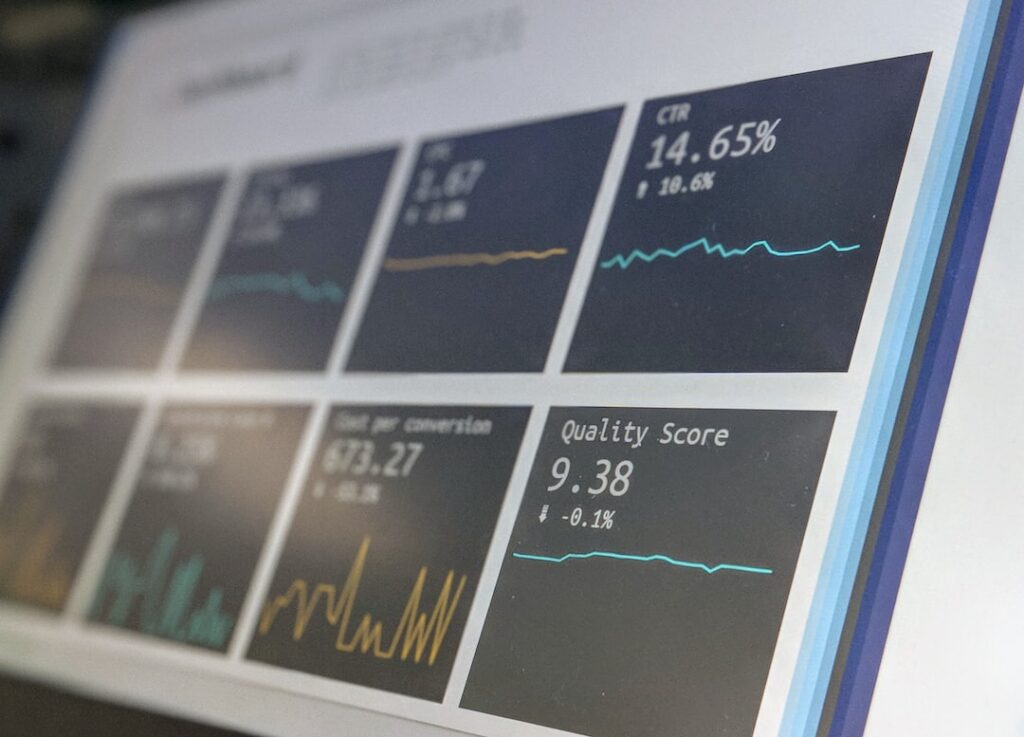Demystifying the Linux Kernel: A Technical Exploration
Are you curious about the inner workings of one of the most powerful operating systems in the world? Have you ever wondered what makes the Linux kernel so efficient and versatile? In this blog post, we’re going to delve into the intricate world of the Linux kernel, uncovering its complexities, and shedding light on its fundamental components.
Unveiling the Linux Kernel: An Overview
The Linux kernel, at the heart of the Linux operating system, serves as the interface between the hardware and the software. It manages system resources, facilitates communication between software and hardware, and provides essential services to the rest of the operating system.
Surprising Statistics:
– The Linux kernel is estimated to power more than 80% of the world’s top 500 supercomputers.
– It is the foundation for numerous operating systems, including Android, Chrome OS, and various distributions of Linux.
The Inner Workings of the Linux Kernel
Core Components
At its core, the Linux kernel comprises several fundamental components, including process management, memory management, device drivers, and file systems. Each of these components plays a crucial role in the seamless operation of the operating system.
Process Management
The Linux kernel is responsible for managing processes, which are instances of executing programs. It oversees process creation, scheduling, and termination, ensuring the efficient utilization of system resources.
Memory Management
Efficient memory management is crucial for optimal system performance. The Linux kernel handles memory allocation, deallocation, and virtual memory management, enabling programs to run smoothly without encountering memory-related issues.
Device Drivers
Device drivers act as intermediaries between hardware devices and the kernel. They facilitate communication and enable the kernel to interact with various hardware components, such as network interfaces, storage devices, and input/output peripherals.
File Systems
The Linux kernel supports a variety of file systems, including ext4, XFS, and Btrfs. These file systems are responsible for organizing and accessing data stored on storage devices, playing a pivotal role in data management and retrieval.
Decoding the Linux Kernel: A Technical Perspective
Source Code and Development
The source code of the Linux kernel is open and accessible, allowing developers worldwide to contribute to its ongoing evolution. This collaborative approach has led to continuous improvements, enhanced feature sets, and robustness.
Kernel Modules
Kernel modules are pieces of code that can be dynamically loaded into the running kernel, extending its functionality without the need to reboot the system. This modular design enables flexibility and scalability, empowering administrators to tailor the kernel to specific requirements.
Applying the Insights: Bringing Linux Kernel Understanding to Daily Life
Now that we’ve explored the intricacies of the Linux kernel, you might be wondering how this technical knowledge can translate into practical applications in your daily life.
How-To: Applying Linux Kernel Understanding
1. Enhanced Troubleshooting
Understanding the Linux kernel can equip you with the knowledge to troubleshoot system issues more effectively. You can identify potential causes of performance bottlenecks, device compatibility issues, and resource constraints.
2. Customization and Optimization
With insights into the Linux kernel, you can fine-tune system parameters, optimize resource allocation, and even develop custom kernel modules to tailor the operating system to your specific needs.
3. Career Advancement
For professionals in the field of computer science and IT, a deep understanding of the Linux kernel can be a valuable asset, enhancing job prospects and opening doors to opportunities in system administration, software development, and cybersecurity.
In Conclusion
In this exploration of the Linux kernel, we’ve peeled back the layers of complexity to reveal the inner workings of this foundational component of the Linux operating system. From process management to memory allocation, the kernel plays a pivotal role in ensuring the efficiency and reliability of the entire system.
By gaining insight into the Linux kernel, you can not only unravel the mysteries of this powerful operating system but also leverage this knowledge to troubleshoot issues, customize your system, and advance your career in the ever-evolving landscape of technology. So, dive into the world of the Linux kernel, and unlock a new realm of possibilities in the realm of computing!
















